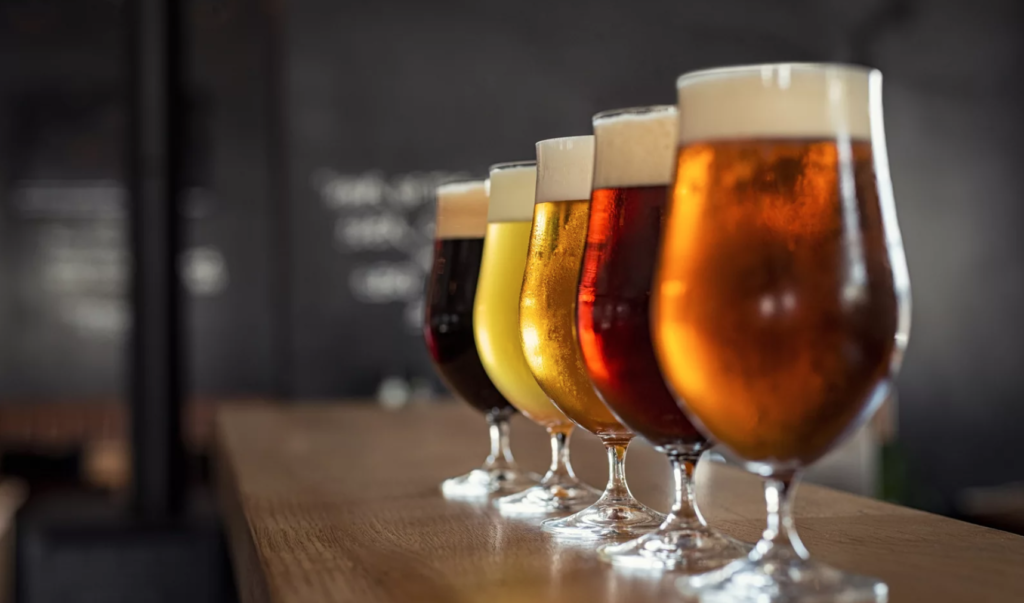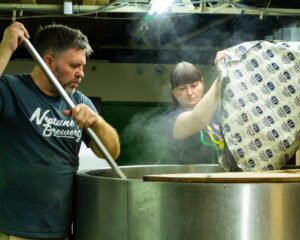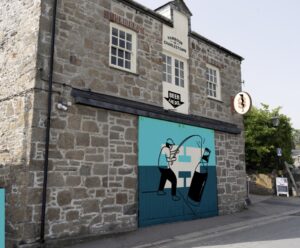Is nitrogen generation the right choice for your brewery? Craig Smith, business development manager for Pneumatech in the UK & Ireland, is here to explain all.
In a climate where rising costs and sustainability are the key topics of discussion from brewers of all sizes, there is still a real hesitance within the industry to make the change from purchased CO2 to on-site nitrogen generation.
Despite nitrogen generation systems being present in breweries across the country for 10+ years, brewers consistently share the same concerns.
The first, quality – what happens to my DO level when making the change? Secondly, accessibility – nitrogen generation is for the big boys, it wouldn’t be suited to a craft brewer such as myself.
It’s understandable, your product is your reputation, and if the product is considerably worse, your customer is unlikely to take into consideration the thousands of pounds you saved by switching. Yet, with so many positive references out there already within the industry, this is a concern which should have been allayed long before now.
With nitrogen making up 79% of the air that we breathe, it is the most abundantly available gas in the world. The process of nitrogen generation is simply compressing ambient air, filtering out the oxygen and other impurities, and storing it.
The nitrogen purity achieved is dictated by the amount of contact time with the filtration. If you flow the air through faster, less filtration takes place and therefore lower purity (higher O2 content) nitrogen is produced. Lower flow yields higher purity.
Should you make the change?
Well firstly, it’s not as big a risk as you think. With so many case studies within the brewing industry, the concept has been proven in a multitude of breweries making a multitude of beers. Anecdotally, I have heard of breweries running systems at nitrogen purities as low as 99.3%, with no issue with their DO.
Secondly, costs have never been higher for breweries and, unfortunately, it is taking its toll on the industry – including some of the big names.
Brewers are seeing their costs increase at a much higher rate than they can pass on to customers, which becomes unsustainable.
As recently as 2022, increases in CO2 supply costs of 3000% were reported, and that was for those who could get their hands on it. Even now, there is often a surcharge added to the invoice of customers, so the week-to-week cost is unpredictable.
In both 2018 and 2022, there have been CO2 crises which have highlighted the vulnerability of the supply chain. By taking control of their own supply, savvy brewers are reducing the reliance on third-party gas availability and the headaches this can bring.
Finally, the brewing industry is one of the most conscious when it comes to their impact on the planet, which is commendable.
Many industries treat sustainability as a ‘nice-to-have’ where brewers, in the main, treat it as a genuine priority. Reducing their CO2 consumption and introducing nitrogen generation, it has a huge impact on the carbon footprint of a brewery’s beer.

The numbers
I feel that whilst generally aware of the technology, the lack of knowing the finer details appear to be what are holding many brewers back.
Beer quality and DO is by far the biggest concern, as no amount of savings will compensate for a lesser product.
Alex at Full Circle Brew Co in Newcastle reports that he has converted everything other than carbonation (approx. 80-85% of his prior CO2 usage) to nitrogen and achieves DO levels in the region of 30ppb – from a 99.9% system.
The carbon footprint reduction from moving away from delivered CO2 is also a huge benefit to brewers. With electricity being the only real factor in the nitrogen generation system, it often has a CO2e around 95% lower than delivered CO2 – not to mention the emissions of all the trucks on the roads delivering the gas.
An overview of general industry figures are shown below, alongside an example of an average sized brewery:
With the kind of savings we are seeing, the average payback of the projects tend to be less than 2 years. So, what are the next steps?
- Still worried about what impact it will have on your product? Carry out your own trial with one of our rental units.
- Unable to commit to capital outlay at the moment? Utilise our finance package to allow you to save money every month from day 1.
- Planning to grow within the next 12 months? Great, rent one of our units until such times as you are ready to move forward with the larger system.
- Unsure on what size of system is right for your brewery? Speak to the experts!
- Want to learn how your savings stack up vs the figures shown? Download the calculator on our website and fill in 4 cells for an instant savings estimation!
Image Credit: Pneumatech









